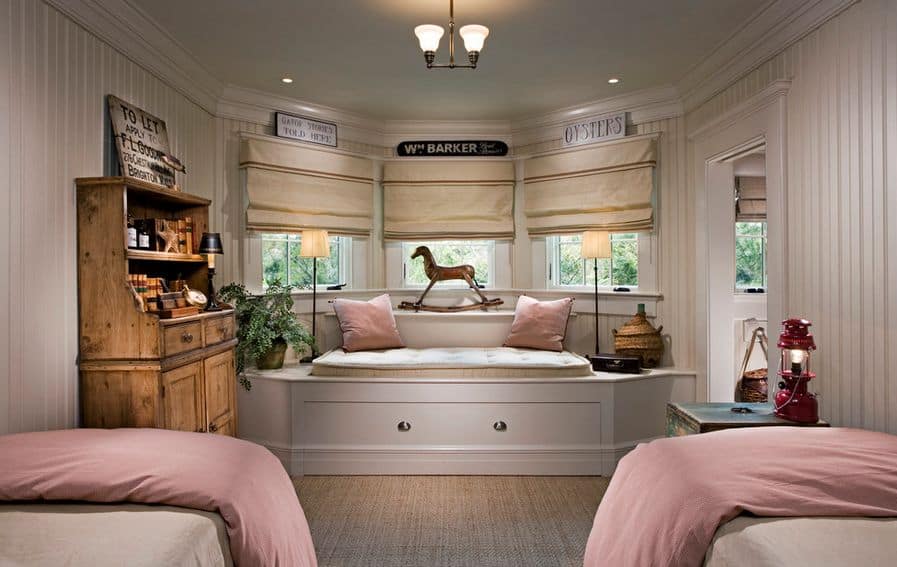
Drapes vs. Shades vs. Blinds: What Are the Differences?
The window products offered by American Window Products are of the highest quality. Still, some styles will need indoor coverings to maximize functionality, meaning you’ll have to install drapes, shades, or blinds.
Indoors, covering your home’s windows is key to maintaining privacy, blocking the hot and glaring sun, and keeping warmer and cooler air inside. While it depends on the room and window type, windows outfitted with some sort of covering often look better than bare windows. They also reduce sunlight exposure on furniture and other items, which can prolong their life and appearance.
But what are the differences between blinds, shades, and drapes? All are meant to cover windows, yes, but their different features and subtleties should be kept in mind as you think about your home’s layout and look.
In many cases, the choice will be based on aesthetics and practicality, but form and functionality should also factor into the decision. Here’s a quick overview describing the differences among these three types of window coverings.
Drapes Make the Difference
First, drapes and curtains are not the same. Curtains cover windows, as do drapes, but drapes are typically constructed with thicker, heavy fabrics and typically run floor-length in size. Given their thickness, drapes can help insulate rooms to reduce heat loss and even boost soundproofing, dampening loud noises.
Even with energy-efficient windows, which cut down on the amount of heat or cold air passing through windows (among many other benefits), drapes can bolster these energy-saving abilities, increasing your home’s comfort while reducing energy consumption.
Drapes also offer a more formal or even stately appearance that could be well suited to your home’s living room, dining room, or other areas featuring a more elegant look. When combined with energy-efficient windows, drapes can give your home both decor and functionality boost.
Shades of Moods
Window shades help create a softer look and mood compared to blinds, as they let light filter through based on preferences, settings, and time of day. They’re also easy to maintain, if not as common as blinds and other forms of window coverings.
Pull-down shades can offer less privacy if, for example, the shades are lowered only halfway, leaving the lower half of a window exposed. Still, shades are versatile and can be paired with blackout liners or privacy liners to enhance capabilities.
Designs like sheer shades use more advanced fabrics to combine the function of blinds and traditional shades. Most shades, however, provide a relatively minimalistic, sheer look—especially compared to drapes—that can help draw the eye to other features of interior design.
Blinds: Common but Versatile
Blinds are perhaps the most common window covering. They’re very versatile in the way they let in light. Blinds give you the option of letting in a lot, some or almost no light, all while being cost-efficient. They’re easy to clean and maintain and typically won’t fade or become stained over time. Blinds are also easy to repair, and individual pieces can be swapped out if necessary, including the headrail, the individual slats, and the bottom rail.
You’re familiar enough with blinds, but consider how wood blinds or faux wood blinds, among other styles, can elevate your interior decor while also offering, potentially, the most privacy and light control among the window covering options.
Blinds don’t typically offer the same energy-efficient perks as drapes do, however, installing energy-efficient windows can help reduce energy loss that blinds cannot prevent.
If you’d like to find out more about the functional, practical, and stylistic choices when comparing drapes, shades, and blinds, talk to the experts at American Window Products in Jacksonville, FL.
Choosing the right windows, in terms of appearance and features, is critical to your home’s look, feel, and function. So, when it comes to deciding on window coverings, make sure they’re equally as well-considered and worthy of your windows!
